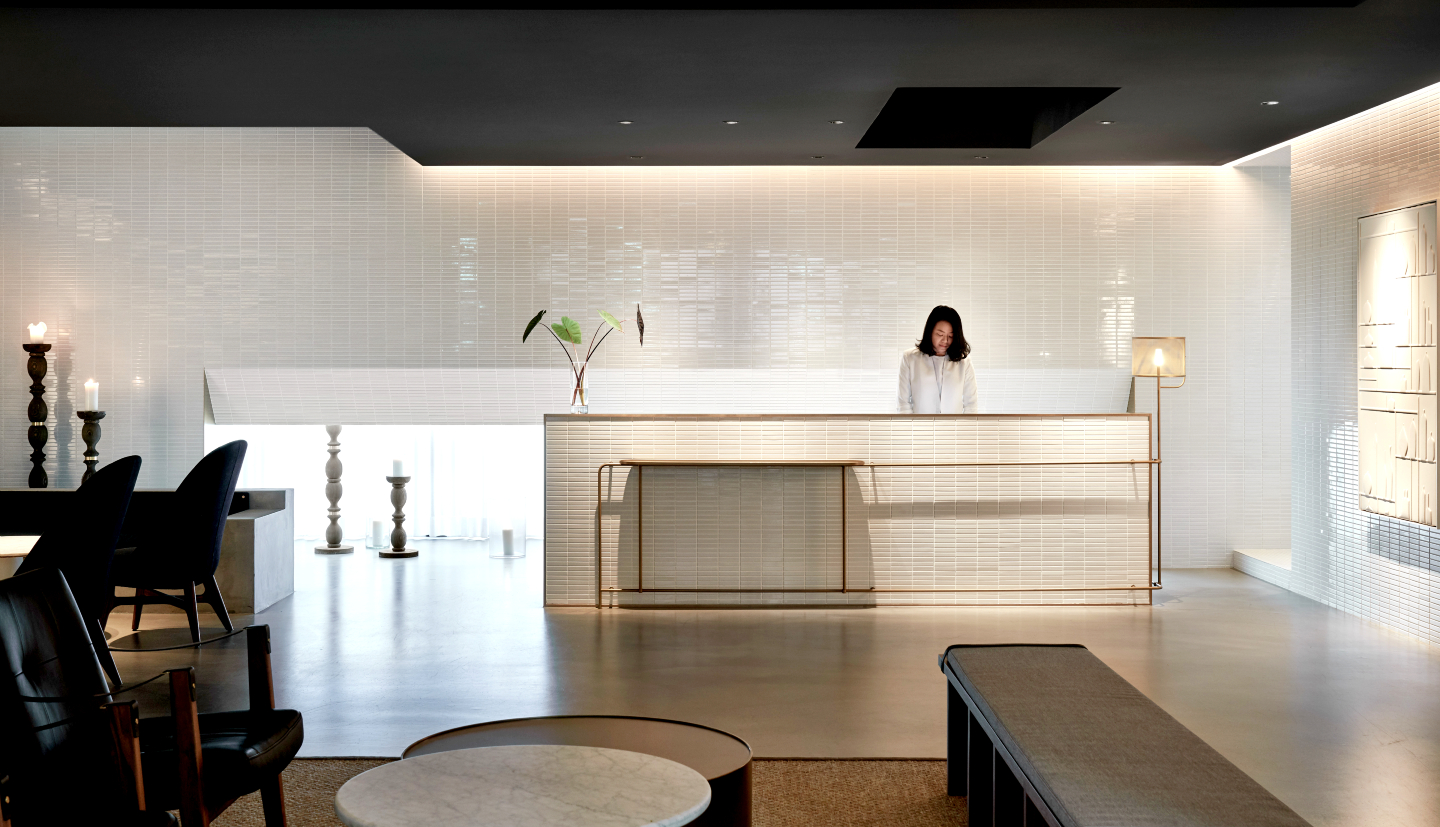
Kimpton Da An's living room, actually the lobby, welcomes guests to relax and be at home (All photos: Neri&Hu)
Designers are inadvertently drawn into the debate on form versus function. Faced with that poser, Lyndon Neri shares a fond memory to show they can be complementary rather than mutually exclusive.
“My father said to my mother, ‘I love it when you wear high heels because of the sound of them. You are more delicate as you come close’.
“Form can have its own function. When a woman wears high heels, is it really that comfortable? No. But there is a social function — her curves change. It changes her sense of confidence. Oftentimes, people think of function purely from a practical point of view. It’s kind of misconstrued.”
lyndon_neri_rossana_hu_by_jiaxi_yang_zhu_zhe.jpg
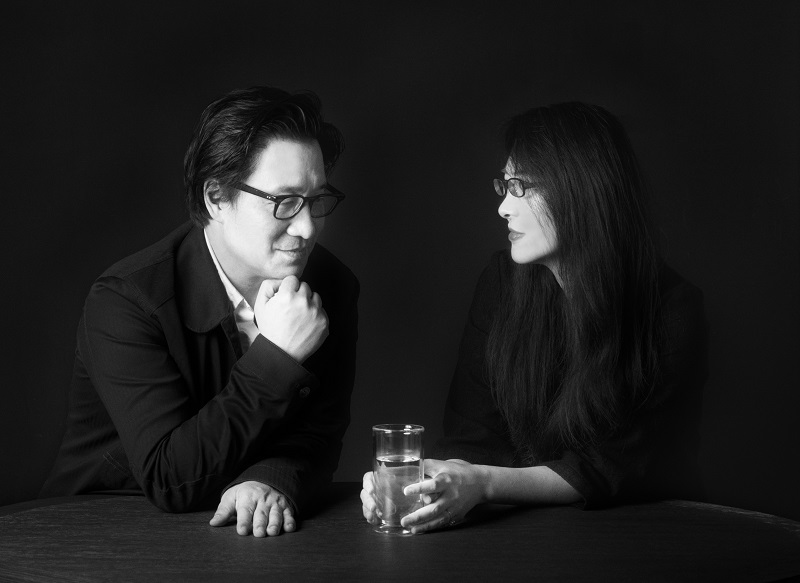
Neri and wife Rossana Hu, both Chinese who were raised in the Philippines and Taiwan respectively, founded Shanghai-based Neri&Hu Design and Research Office in 2004. They designed Kimpton Da An in Taipei, which opened last March, and were happy to talk about working on this first Kimpton hotel in Asia, as well as what shapes their ideas and philosophy.
Picking up the thread of function again, Neri says practicality is the basis of design. The higher designers ascend, it becomes almost praiseworthy when they claim that they do not care about that aspect of their work, he observes. “If you cannot deal with practicality, let’s not talk about proportion and aesthetic.”
Statistically, the projects they undertake have evolved because they have learnt to adapt, working in different countries with different brands. But, he adds, ideology remains the core of their thinking.
tsingpu_yangzhou_retreat_yangzhou_china_2017_photo_by_pedro_pegenaute.jpg
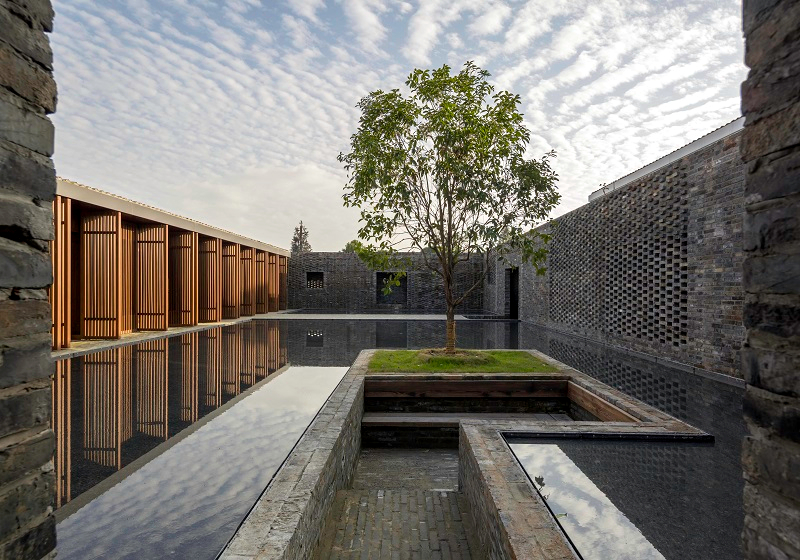
“Style changes but if the idea of what you are creating is there, it will last a lifetime. We always like this quote by French writer and pioneering aviator Antoine de Saint-Exupéry: ‘We do not aspire to be eternal beings. We only hope that things do not lose their meaning.’”
As is often the case when thought drives action, a designer’s vision becomes clearer when he explains the process of turning it into reality.
“We always research the contextual history and culture of the places we go into. It isn’t anything too academic,” says Hu. “In everything we do, we try to bring the communal into the private area and create a sense of an oasis.”
kimpton_da_an_wellness_1.jpg
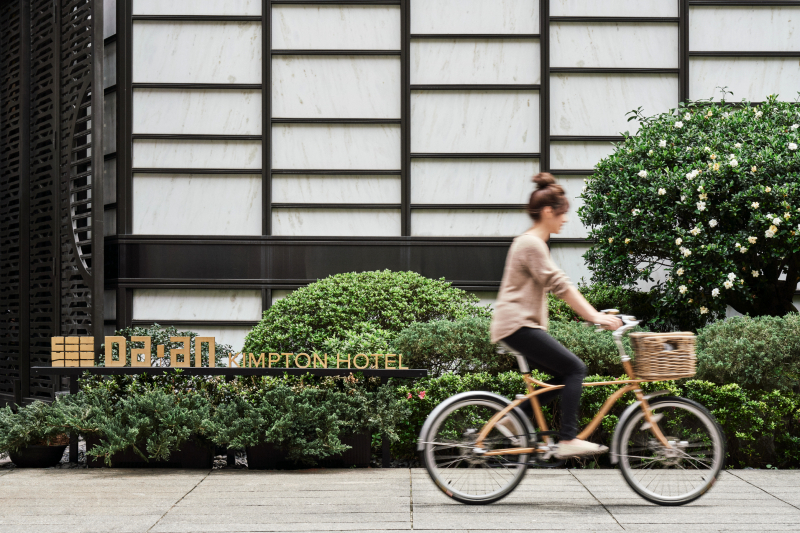
Kimpton Da An — a turn from the main street and within walking distance of the Zhongxiao Fuxing MRT station, bookstores, cafés, restaurants, malls, shops and stalls offering all kinds of local products — is a collaboration between Cornerstone Partners Group of Malaysia and InterContinental Hotels Group. IHG acquired California-based Kimpton Hotels & Restaurants in 2014.
Before starting work on the 129-room hotel, the couple did lots of walking around the neighbourhood to see what makes it interesting. Children coming home from school, old people walking their dogs in the evening, shops that serve as home at the back end and memories of people who grew up there reinforce a sense of domesticity and community.
Two things popped up: the white titles used in the homes and the patterns on fences and metal grilles at windows and doors. Taken by these local materials, which form “a really nice tapestry of the neighbourhood”, as Hu puts it, they incorporated them into the boutique hotel, a four-storey block originally intended for a condo. Tiles now line the walls of common areas and rooms and metalworks stand like art structures in open spaces. The grilles are also the inspiration for the wallpaper at in-house restaurant The Tavernist.
kimpton_da_an_living_room_8.jpg
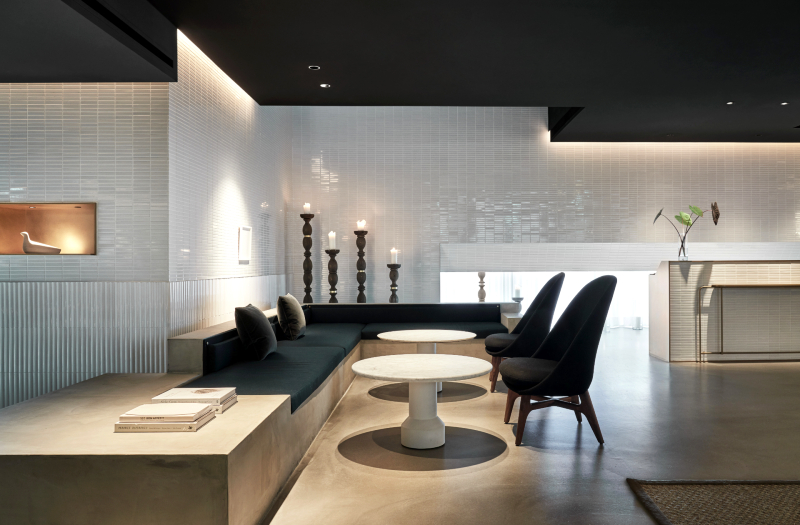
Little things give the Kimpton a homely feel, such as a hand-held wooden massager, mini rice cooker and yoga mat in the rooms, as well as tiny teepees and litter trays for pets travelling with owners. Big bathrooms, ample storage, two kinds of lighting, clean lines and bespoke furniture say luxury without having to shout.
“The great thing about Taiwan that always resonates well with me is I speak the local dialect — I’m Hokkien. There’s a sense of humility and hospitality that I’ve always liked every time I come here,” Neri says.
The subtle and lowkey nature of the country reflects their brand’s approach. “We like to not be so loud in our design, so it’s never that Instagrammable. If you see [Kimpton] from the outside, it doesn’t look great. Once you go inside, it starts to reveal itself. We like that when you come to this place, you will keep thinking. And the third, fourth and fifth time you come, you will find new things, even in this small room. That’s what timelessness is, what a classic sense of space is.”
kimpton-taipei-_room.jpg
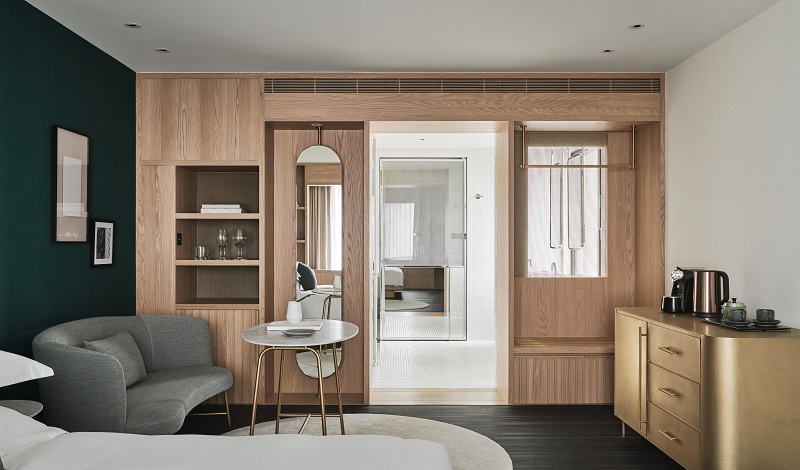
On a personal level, what endures is honesty, the bedrock of their working relationship. “You can have creative differences and still sit together,” says Neri. “You have to kind of exist in that reality.”
He illustrates this with the anecdote of when they were in the taxi enroute to Kimpton earlier, reviewing some of the seven new products with seven new brands they were working on this year. “Rossana went through the collection and said, ‘This is really not good. This is awful’. And I said, ‘Thanks honey, I drew all that’.”
“Our son, who was with us, was a bit awkward. I told him: ‘You should be able to find someone in your life who can be honest with you and you know she’s doing it because she truly wants to elevate what you’re trying to do’,” says Neri.
“Rossana is one of the hardest critics on herself, on me and vice versa. We’re actually happiest when we criticise each other. If we start praising each other, we start wondering, ‘What’s your agenda?’ She brings me sanity.”
This article first appeared in issue No. 94, Winter 2019 of Haven.


